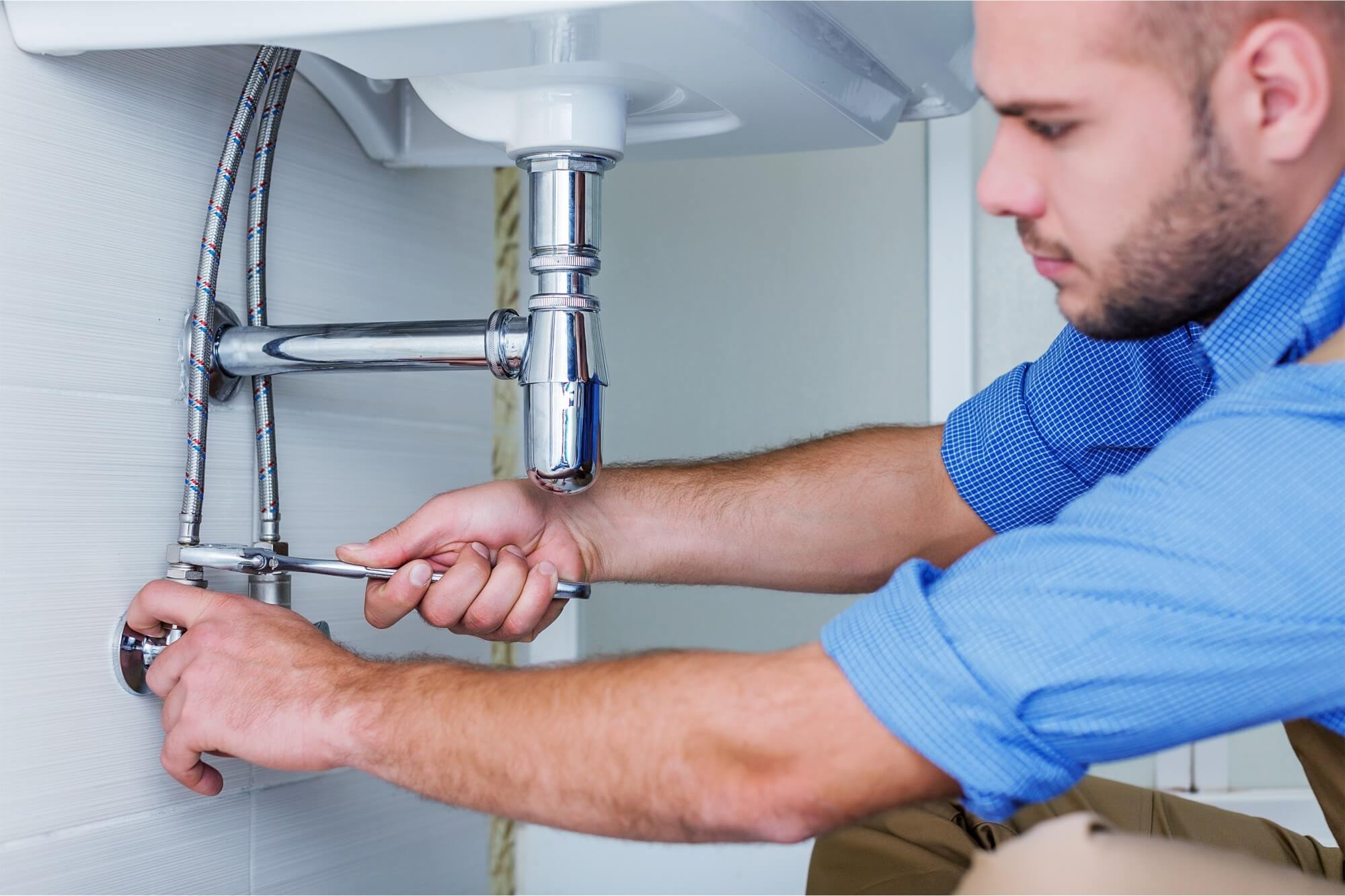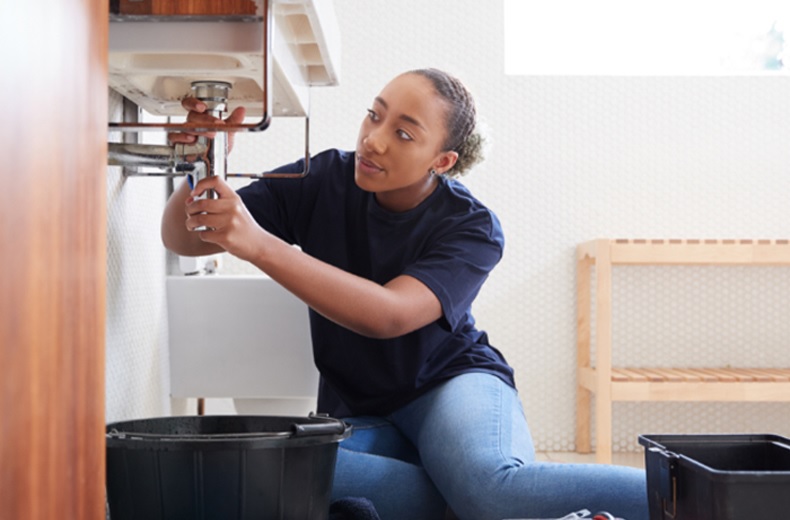Professional Water Heater Installation Alabaster AL You Can Count On
Professional Water Heater Installation Alabaster AL You Can Count On
Blog Article
A Detailed Guide to Effective Water Heating System Installation for Ideal Performance
Starting the job of setting up a water heating unit is a venture that demands accuracy and a methodical strategy for achieving optimal performance. The process begins with the essential decision of selecting the proper heating system tailored to the certain demands of your household, taking into consideration factors such as size, kind, and energy source. As soon as chosen, preparing the installation location to fulfill safety and security criteria is critical. The journey does not finish right here. As you continue, the details of linking water supply lines and establishing reliable electric or gas connections await, appealing insights into guaranteeing performance and reliability.
Selecting the Right Hot Water Heater

Following, take into consideration the size and capability of the hot water heater. It's essential to examine your home's warm water requirements, which can vary based upon the number of owners and their usage patterns. A device that's as well tiny might bring about not enough warm water, while an extra-large version may cause unneeded energy intake.
Efficiency rankings also play a critical role in choice. Search for water heating systems with high Energy Aspect (EF) scores, indicating premium performance and lowered energy usage. Tankless versions, though typically more pricey in advance, offer substantial power savings in time because of their on-demand heating capabilities.
Preparing the Installment Area
Prior to mounting a new hot water heater, careful preparation of the setup area is necessary. This makes certain a smooth setup procedure and helps protect against future issues (Drain Cleaning Alabaster AL). Begin by picking a proper area that follows neighborhood building codes and safety and security requirements. The location should be completely dry, well-ventilated, and accessible for maintenance. It's crucial to determine the room thoroughly to suit the water heating unit's measurements, making sure adequate clearance around the unit for effective procedure and servicing.
Next, eliminate any kind of debris, dust, or obstructions from the site to develop a tidy environment. Check the floor for stability, as the hot water heater will certainly require a solid, level surface to operate successfully. If essential, install a drip pan below the system to capture possible leakages or spills, preventing water damage to the surrounding area. In regions prone to seismic activity, take into consideration setting up seismic bands to protect the heating unit firmly in position.
Additionally, ensure that all essential devices and products are on hand before commencing the installation. This includes things such as wrenches, screwdrivers, a degree, and any type of extra hardware needed for placing and safeguarding the heating unit. A well-prepared installation location establishes the foundation for a successful water heater arrangement, enhancing performance and safety.
Connecting Water Lines
When linking supply of water lines to your newly mounted water heating unit, it is important to guarantee that all connections are safe and secure and leak-free to maintain reliable operation and prevent water damages. Begin by identifying the cool and warm supply of water lines. The cold water inlet is commonly marked with a blue tag or a "C", while the warm water outlet is noted with a red label or an "H".
Usage versatile water heater adapters to help with an easier installment process. These adapters can take in resonance and permit slight movement, lowering the danger of leaks. Prior to attaching the ports, place a plumbing's tape around the threaded ends of the water heater's inlet and electrical outlet pipelines - Drain Cleaning Alabaster AL. This tape works as a sealant, avoiding leakages. Very carefully attach the versatile hoses to the corresponding inlet and outlet, making sure that they are tight yet not over-tightened, which can damage the threads.
When links are in location, gradually turn on the primary water supply valve. Evaluate each connection for leakages by visually really feeling and examining for moisture. Tighten connections as needed, and ensure the pressure safety valve is appropriately set up, protecting against excessive pressure accumulation.
Establishing Up Electric or Gas Links
Effectively establishing the electric or gas links for your water heater is a vital action to ensure efficient and risk-free procedure. For electric hot water heater, begin by validating that the electrical circuit is suitable with the heating system's voltage and amperage demands. Make certain the power supply is switched off at the circuit breaker to stop mishaps. Connect the electric cords to the heating system complying with the producer's wiring layout. Typically, this entails linking the ground wire to the green terminal, and the continuing to be cables to their corresponding terminals, safeguarding each with cable nuts.
For gas hot water heater, safety and security is critical. Validate that the gas supply is off before continuing. Link the gas line to the hot water heater utilizing an adaptable gas port, guaranteeing it is appropriately threaded and secured with pipe joint substance or Teflon tape suitable for gas links. Tighten up the connections with a wrench, making sure not to over-tighten (Plumbing Alabaster AL).
Once links are site link made, inspect for read here any type of possible leaks. For gas lines, use a soapy water solution to the joints; bubbles suggest a leak. For electrical links, double-check that all electrical wiring is safe and secure and properly protected, maintaining conformity with neighborhood electric codes.
Adjusting and checking for Performance
With the electrical and gas links securely in place, the following action is evaluating the operational effectiveness of your hot water heater. Begin by thoroughly switching on the water supply and guaranteeing there are no leakages at any one of the joints or shutoffs. Once validated, proceed to fill up the container, taking notice of the pressure and temperature settings. It is suggested to establish the thermostat to a recommended temperature of around 120 ° F(49 ° C) to stabilize power performance and convenience.
Following, carry out a detailed inspection to make sure the home heating elements or burner are operating appropriately. For electrical heating systems, utilize a multimeter to verify if the aspects are attracting the ideal current. In gas models, observe the burner flame; it should be consistent and blue, indicating efficient combustion.
Readjust the setups as needed to get rid of ineffectiveness. Think about carrying out insulation actions, such as adding a water heating system covering, to further enhance efficiency by decreasing warmth loss. Additionally, examine the anode pole's problem, as additional hints a shabby rod can lower performance and bring about container deterioration.
Conclusion
Effective water heating system installment is essential for making sure ideal efficiency and power financial savings. Firmly attaching water supply lines and meticulously establishing up electrical or gas links decrease possible issues.

Properly establishing up the electric or gas connections for your water heating system is an important step to make sure efficient and safe procedure. For electrical water heating systems, begin by verifying that the electrical circuit is suitable with the heating unit's voltage and amperage requirements. Attach the gas line to the water heating system utilizing a flexible gas adapter, ensuring it is correctly threaded and secured with pipeline joint compound or Teflon tape suitable for gas connections.
Report this page